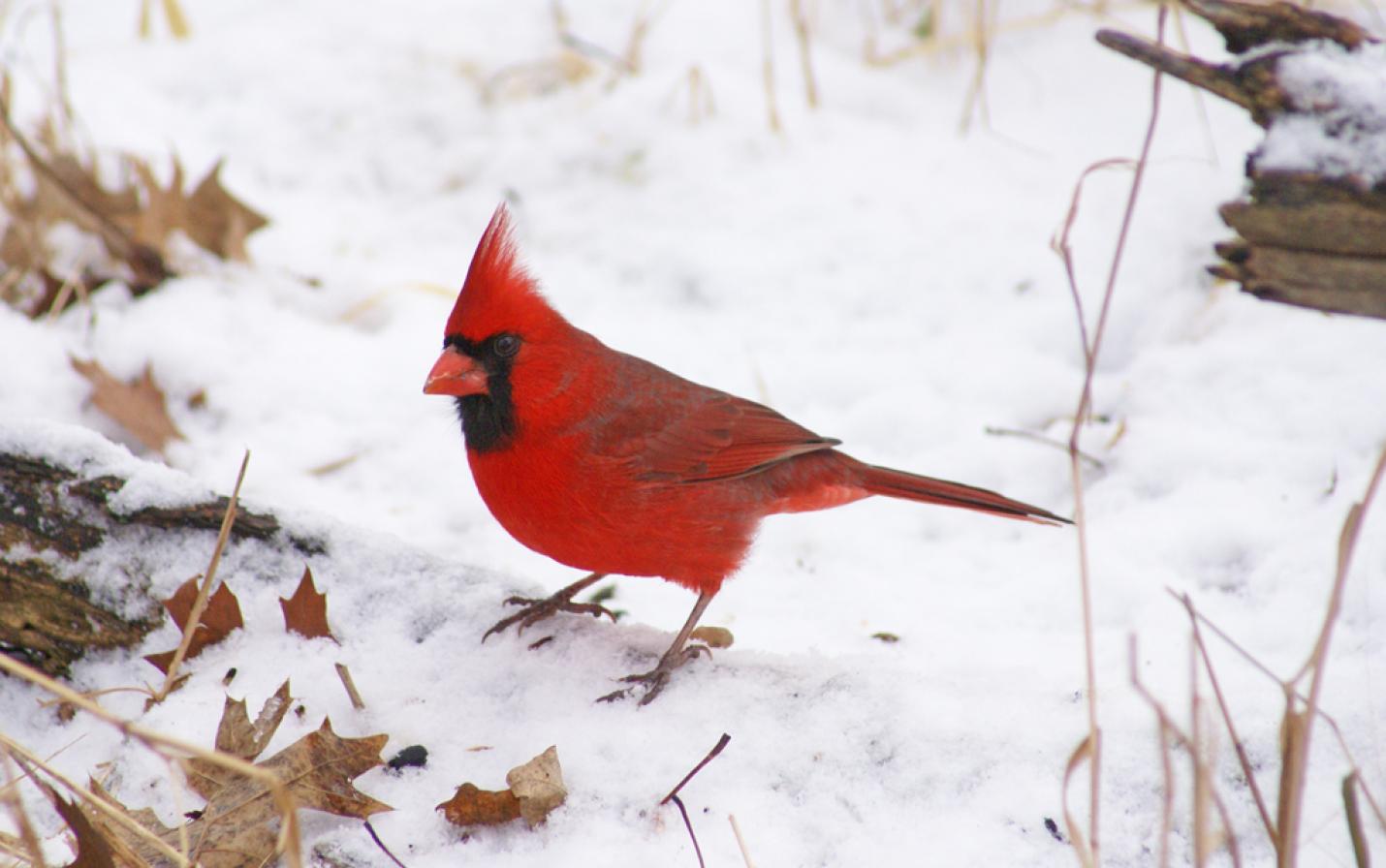
Roughly 400 miles south-east of the Mississippi Valley in Wisconsin lies the Limberlost Swamp. Less than three decades ago, the Limberlost Swamp had been severely depleted, drained of water, and bereft of life. Now, 1500 acres of the Limberlost have been restored. Life has returned, including the bald eagles that had once expatriated from the area. This is due in large part to the Limberlost Swamp Remembered Project and Friends of the Limberlost, both of which accredit inspiration to the writings, photographs, and ethos of Gene Stratton-Porter.
If you hadn’t already guessed it, this book review is not a traditional book review. This is more of an author review with a recommendation of “where to get started”.
While Stratton-Porter was documenting a very specific part of Indiana, she dedicated her life to documenting the Limberlost before it was, in her own words, “shorn, branded, and tamed.” She was, in many ways, a woman ahead of her time. She was highly active in documenting the Limberlost and trying to preserve it the only way she knew how; through writing, pictures, and later, movies. Gene Stratton-Porter Productions was in fact one of the first movie and production companies to be owned by a woman. The Smithsonian Magazine called her “as famous [in her day] as J.K. Rowling, the author of the Harry Potter series, is now.”
Given the opportunity, Stratton-Porter’s legacy can live on not only in the Limberlost, but here in the Mississippi Valley. While the Limberlost was nearly lost, Stratton-Porter’s works provided both physical documentation of what had been, as well as the emotional drive to restore it. In a deceptively simple manner, Stratton-Porter evokes emotions necessary for conservation and restoration: empathy, kindness, and most importantly, hope.
All her works capture her personal ethos: the key to moral goodness lies in communing with the natural world. Her first published work, the Song of the Cardinal, all but hits the reader over the head with it. While the Song of the Cardinal obviously plays on the reader’s emotions, it never fails to charm.
Stratton-Porter had no formal training and was very aware that her approach differed from the traditional approach of ornithologists, writing that she much preferred to be a ‘nature-lover’ over an ornithologist, who at the time were known for killing specimens for study. Nevertheless, the Song of the Cardinal sets out to teach the reader about the life, habitat, and needs of a cardinal, and is factually sound. Her observations make it perfect for everyone from the novice, armchair nature-lover to those who spend their days birding. That is to say, no bird knowledge is required on the reader’s part!
The story transforms the meaning of birdwatching, giving insight to the daily life of a cardinal, largely from the cardinal’s perspective. If you have never put yourself in the place of a bird, or any non-human animal, before, Stratton-Porter will walk you through what that feels like and provide an empathetic-blueprint for doing so with other animals. But, most importantly, she uses the bond you’ll form with the cardinal throughout the story to teach you to broaden your empathetic horizons, not just to cardinals, but to all of nature and the humans around us. In the story, the secondary character of Abram the Farmer serves as an emotional lightning rod; he grounds the story in what to take away and how to apply empathy-with-nature to empathy-with-humans.
It is through this utilization of empathy that the code to moral goodness is cracked. In true Gene Stratton-Porter style, the answer is always deceptively simple: remember to love the world around you, whether that means loving animals, plants, or people. Recent human history has been particularly tense and emotionally draining. For a pick-me-up to restore a bit of faith in humanity and inspire the energy needed to continue the long legacy of conservation and restoration work, looking back to Gene Stratton-Porter is definitely a worthwhile place to start.
Aleda Brokaw is a student of environmental literature at University of Wisconsin-La Crosse.
Northern cardinal photo by A.B. Sheldon.